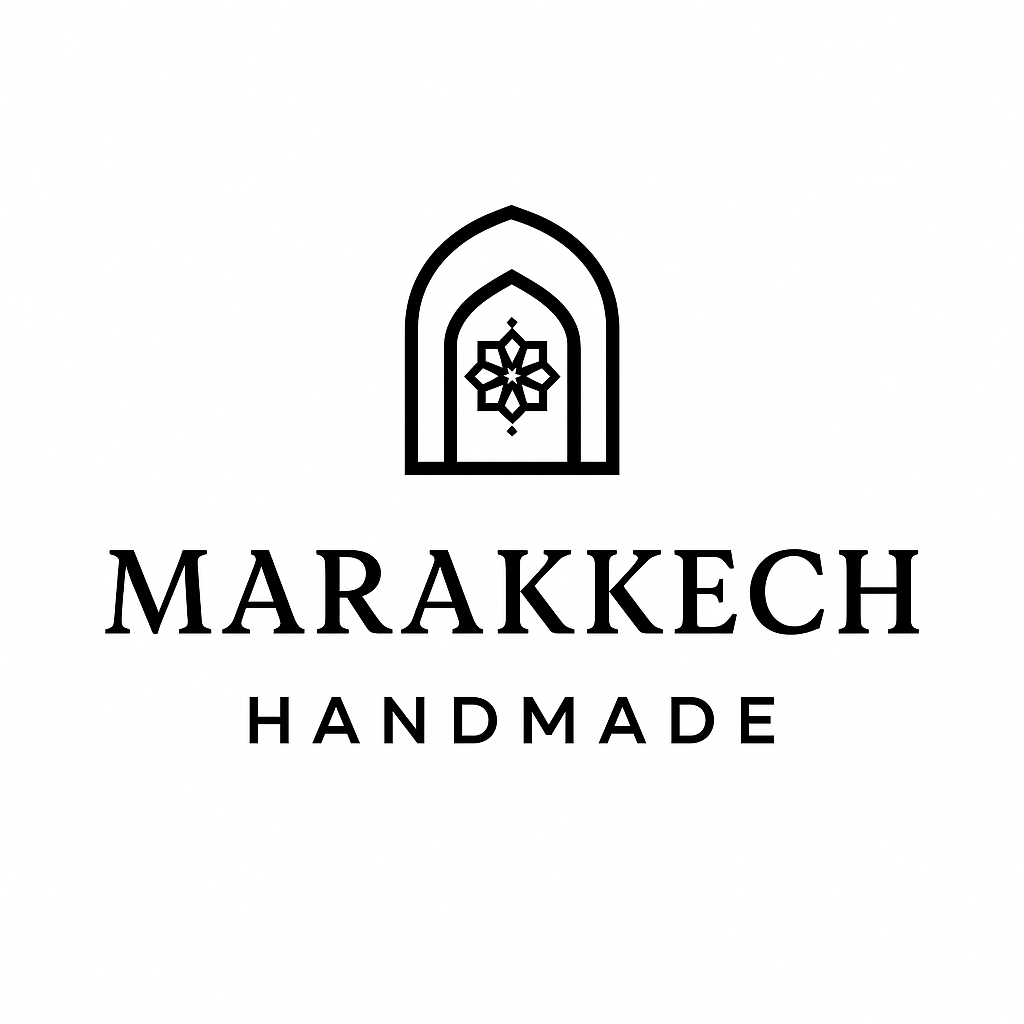
Moroccan Pottery
“Clay shaped by hands, kissed by fire.”
Hand-painted pottery crafted by skilled artisans. From vibrant bowls to tajines, each piece is a mix of functionality and art, perfect for bringing Morocco into your home.
Marrakech Pottery: History, Craftsmanship, and Art
History and Tradition
Pottery in Marrakech has a long and rich history, dating back centuries. Influenced by Berber, Arab, and Andalusian styles, Moroccan pottery reflects the cultural melting pot of the region. From everyday vessels to decorative pieces, pottery has been central to daily life and artistic expression.
Artisan Craftsmanship
Skilled artisans in Marrakech craft pottery using traditional techniques passed down through generations. Workshops in the medina still shape clay by hand or on a potter’s wheel, emphasizing precision and aesthetic beauty. Each piece carries subtle irregularities that testify to its handmade origin.
Types of Pottery
1 Tagines – Cone-shaped cooking vessels, both functional and decorative, glazed in vibrant colors.
2 Bowls and Plates – Hand-painted with geometric or floral patterns, used for dining or decoration.
3 Vases and Jars – Functional and ornamental, often glazed with intricate designs.
4 Cups and Teapots – Reflect traditional Moroccan tea culture with colorful glazing.
How It’s Made
1 Clay Preparation – Natural clay is cleaned, kneaded, and shaped to remove impurities.
2 Shaping – Artisans use a potter’s wheel or hand-molding techniques to form vessels.
3 Drying – Pieces are left to dry naturally to prevent cracking.
4 Decoration and Glazing – Patterns are painted using natural pigments, then coated with a glaze for color and durability.
5 Firing – The pottery is fired in a kiln at high temperatures, making it strong and functional.
Cultural Significance
Marrakech pottery is more than utilitarian objects; it embodies centuries of Moroccan artistry, blending beauty, utility, and cultural heritage. Owning a piece means connecting to the city’s history and the artisans’ skillful craftsmanship.
Thype pottery of Marrakech
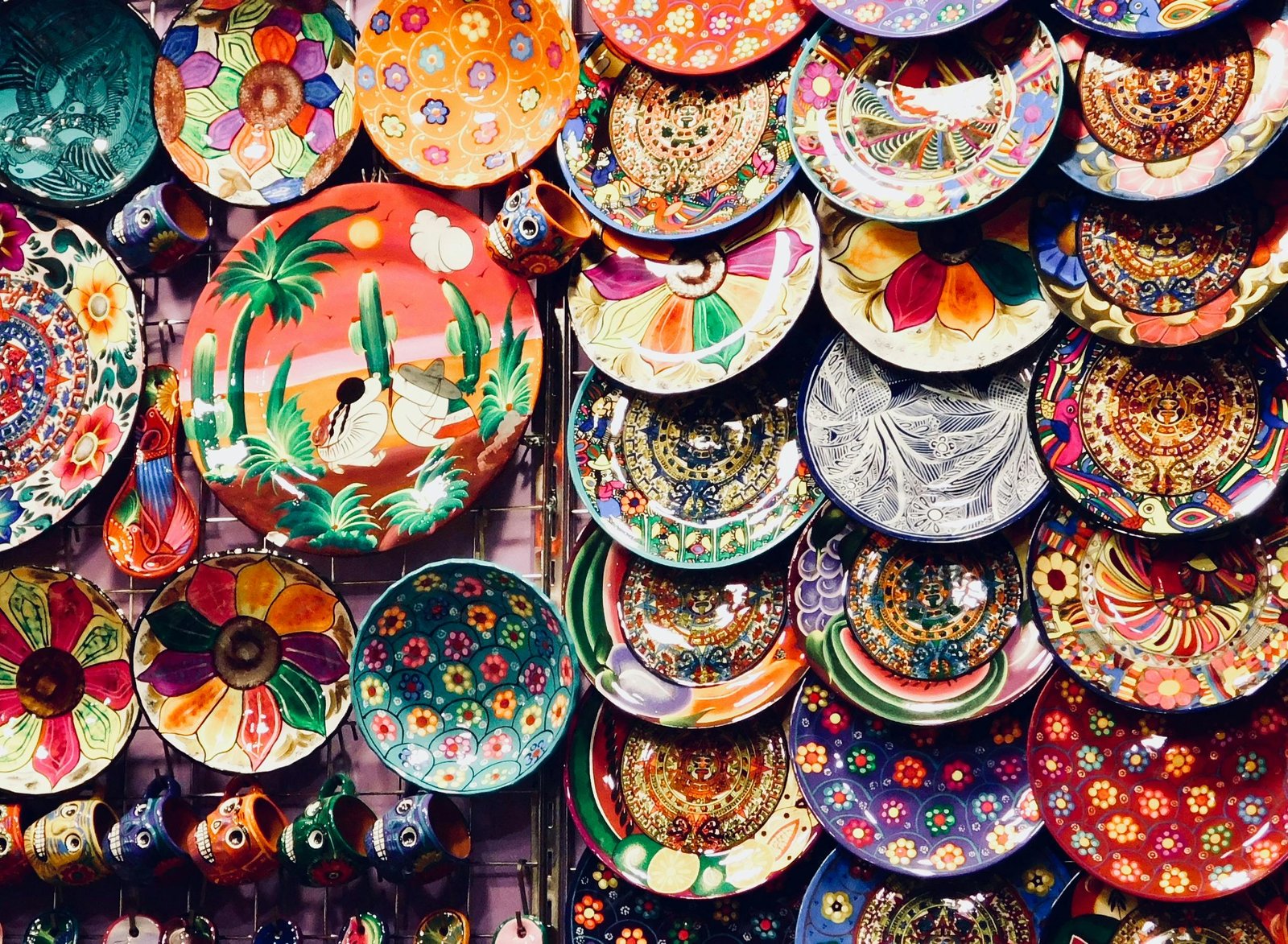
Fine and Highly Ornamented
Unlike the plain, rustic styles found elsewhere, Marrakech is known for its sophisticated and detailed ceramic artwork.
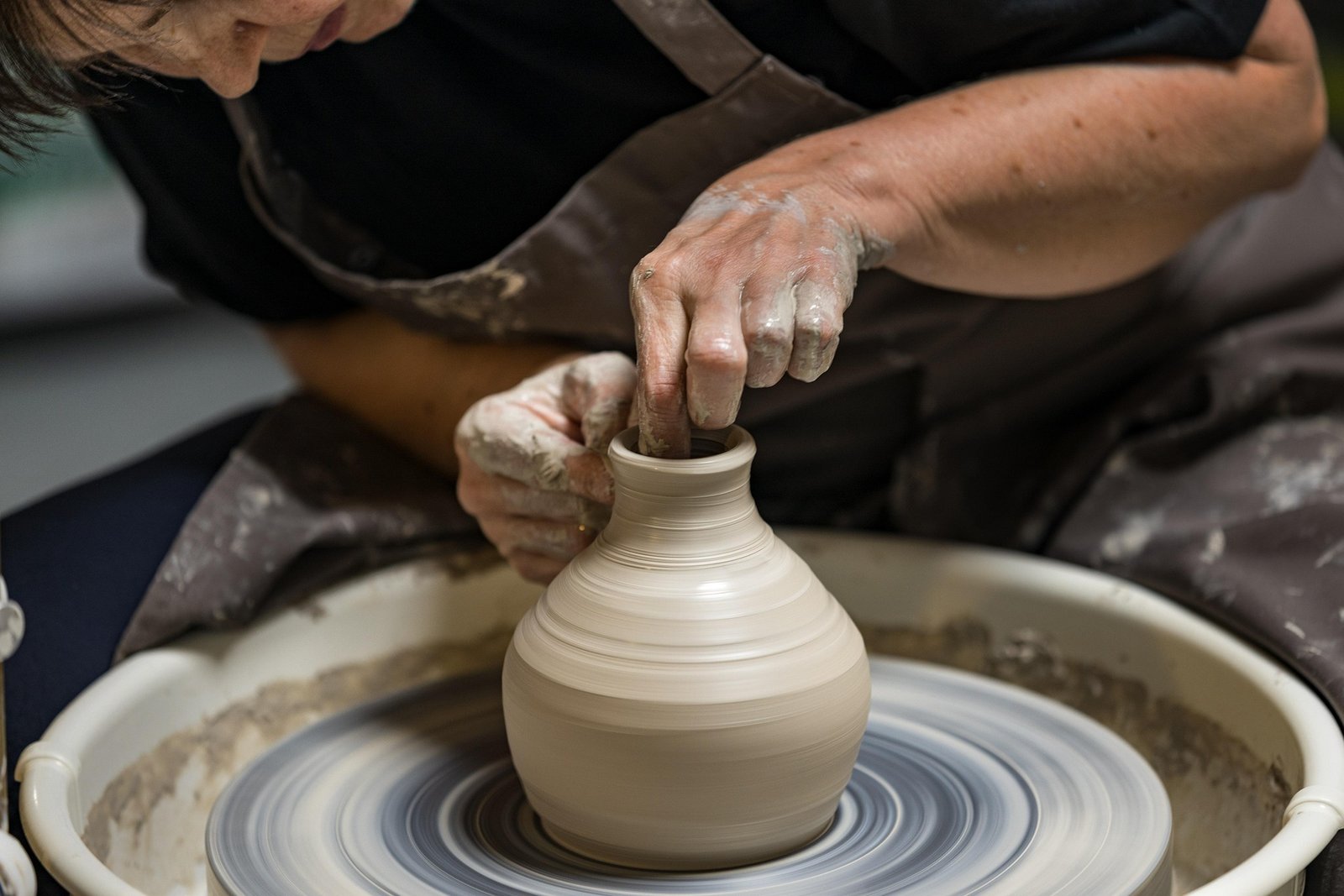
A Hub of Craftsmanship
Marrakech is recognized as a significant center for producing pottery in Morocco, contributing to the country’s rich tradition of handicrafts.
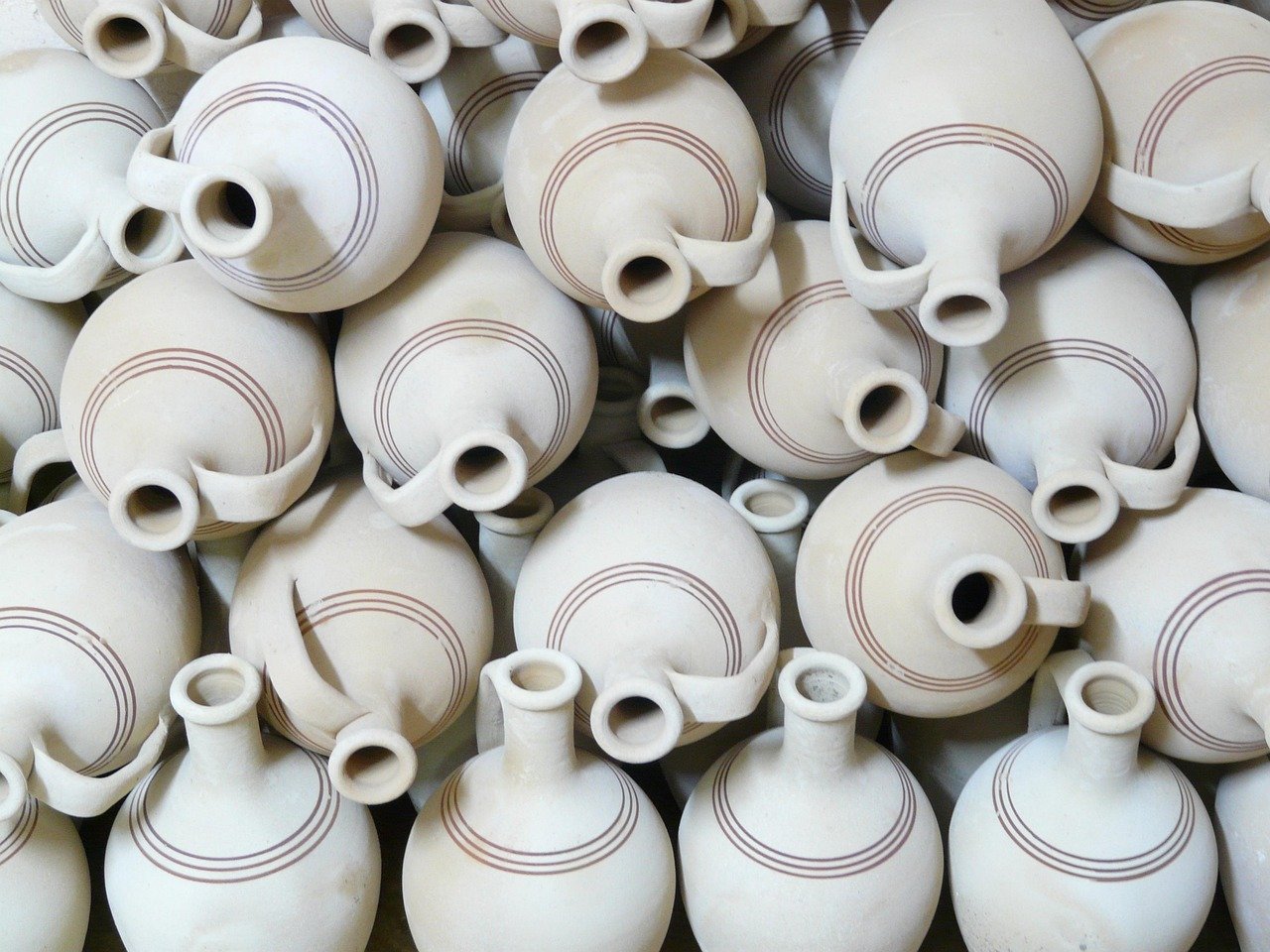
Distinctive Styles
While Morocco as a whole has various pottery styles, Marrakech and Fès are particularly noted for producing fine, elaborately decorated ceramics.
The Most Famous Marrakech potter
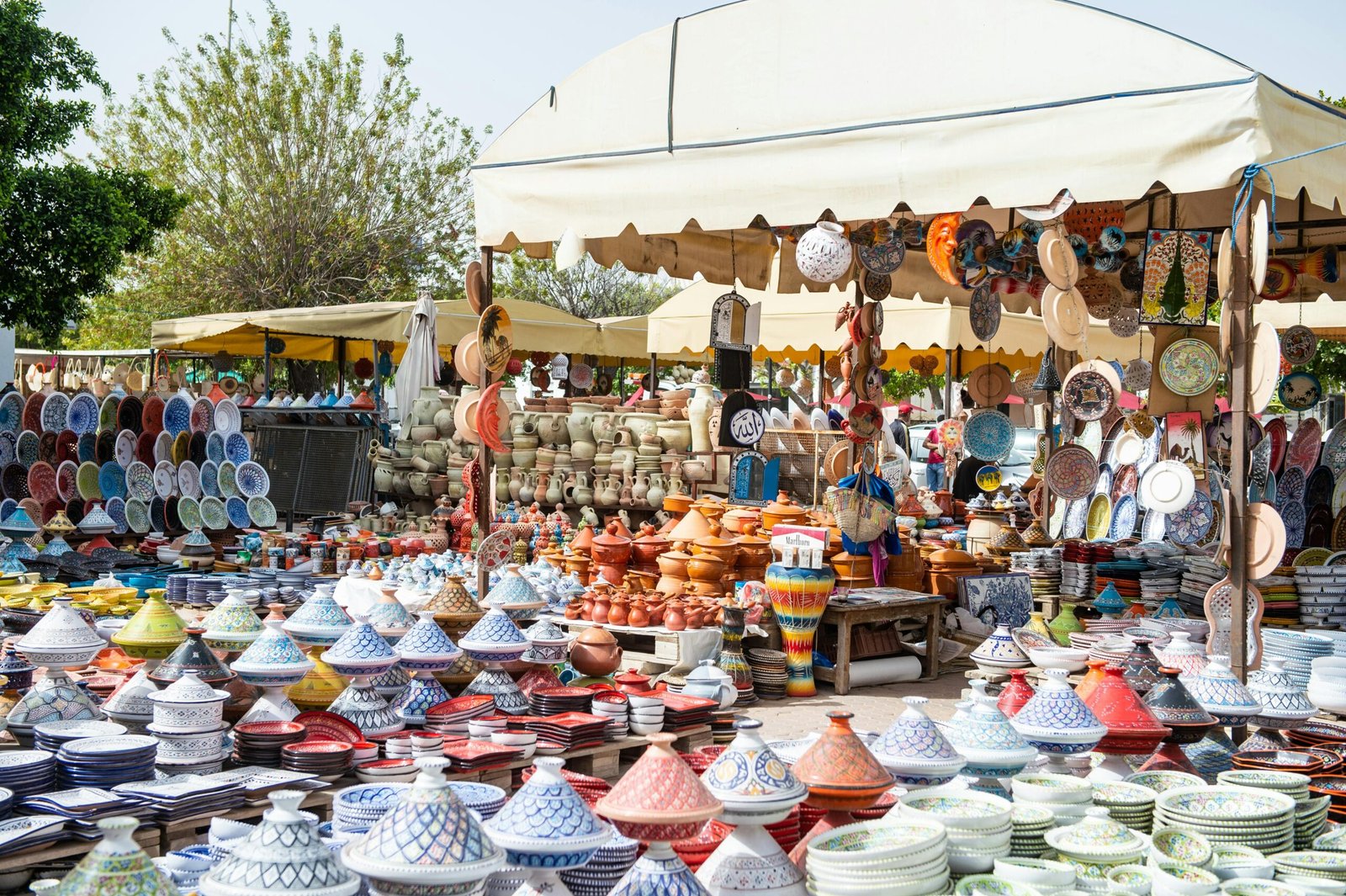
Tagines
Iconic cone-shaped cooking vessels, both functional and decorative, often glazed in vibrant colors.
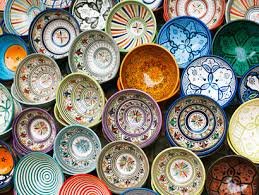
Decorative Bowls and Plates
Look for large, colorful bowls and plates, often adorned with intricate patterns and unique design.

Safi Pottery
Many Moroccan ceramic items, even those sold in Marrakech, actually come from the coastal city of Safi, which is considered the pottery capital of the country. You can often find “Safi” marked on the pottery itself.
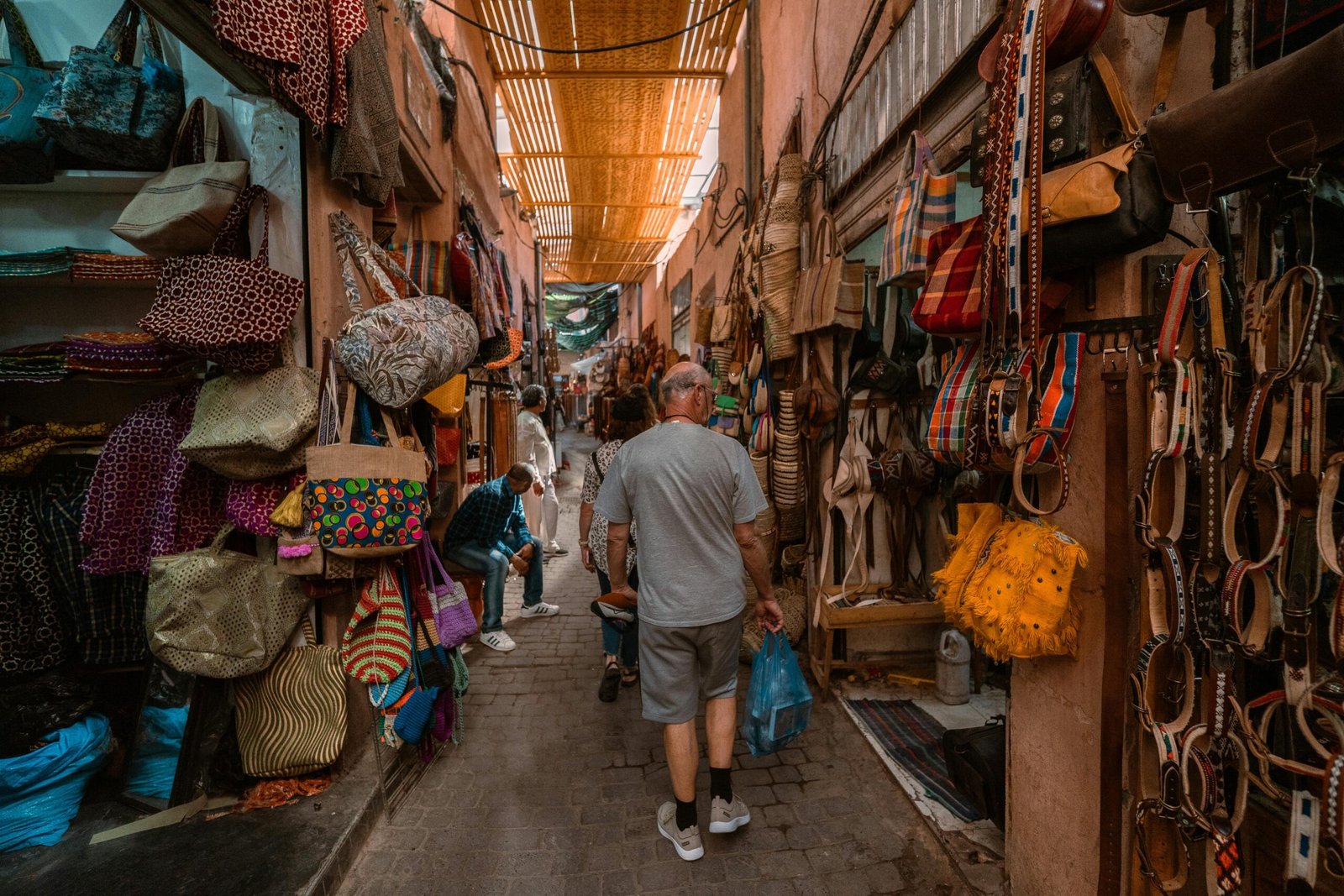
Souk Shopping
The best way to experience Marrakech’s famous pottery is to visit the sprawling marketplaces, such as Souk Semmarine, to find handcrafted pieces from various regions, including Safi.
How to Identify Authentic Marrakech Pottery
“Authentic Marrakech pottery is a celebration of craftsmanship, culture, and tradition. Handmade by skilled artisans, true pieces show slight irregularities in shape or color, vibrant natural pigments, and intricate patterns. Each tagine, bowl, vase, or jar carries a fragment of Marrakech’s rich artistic heritage, reflecting generations of skill and creativity.”
